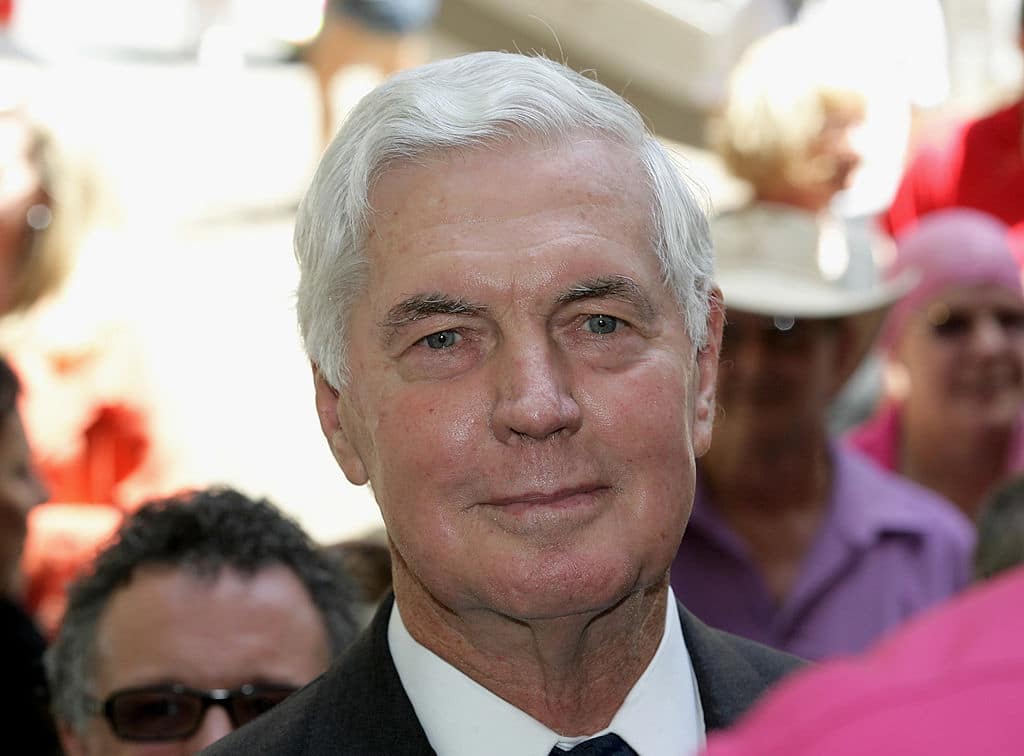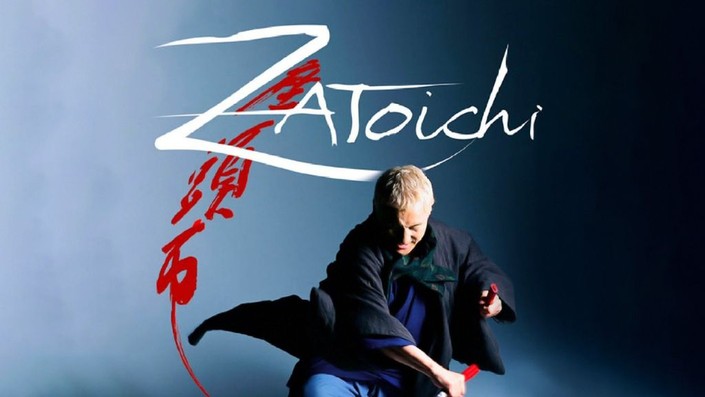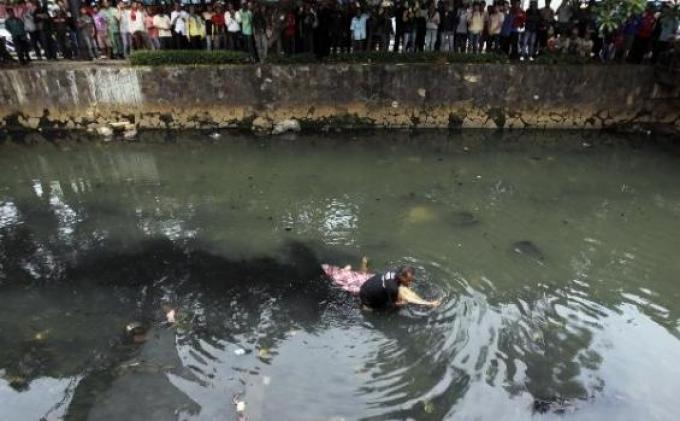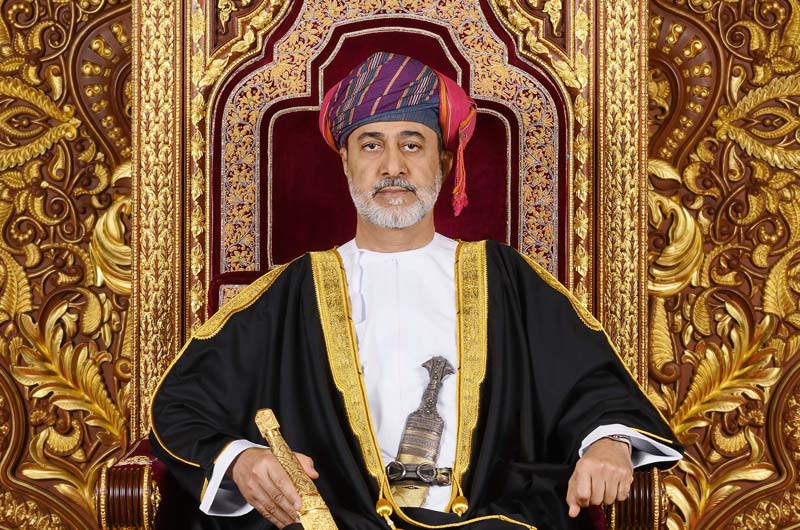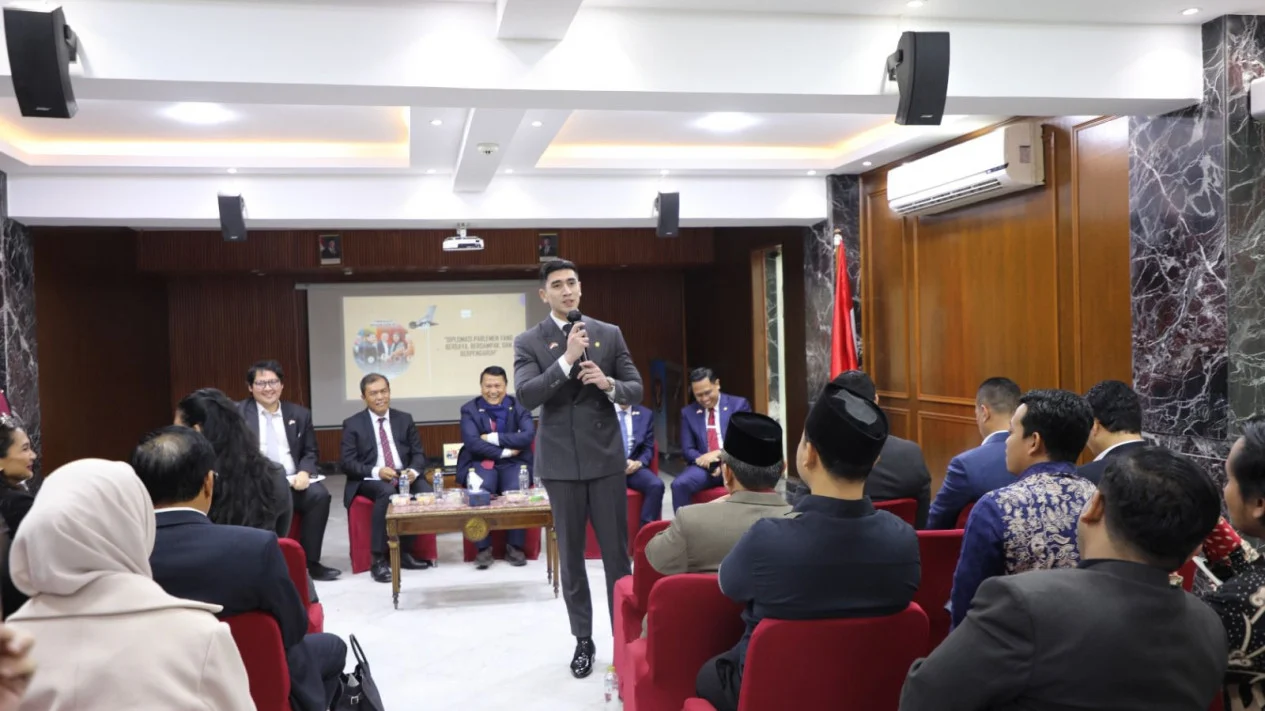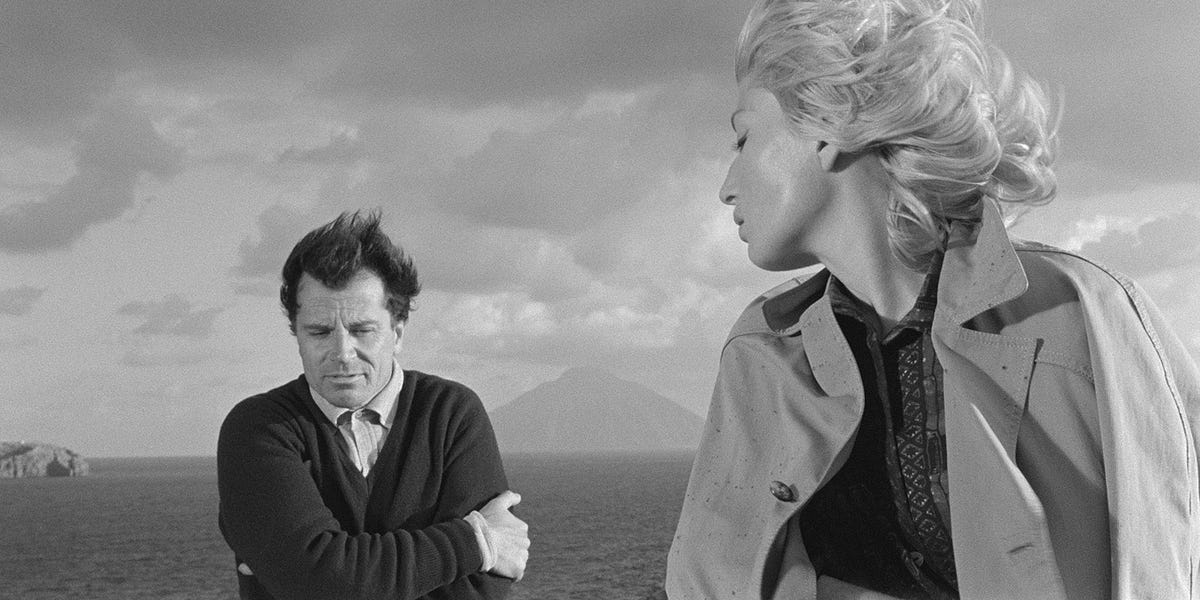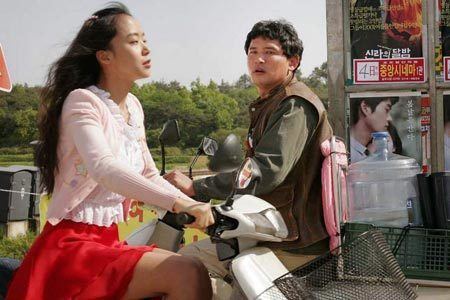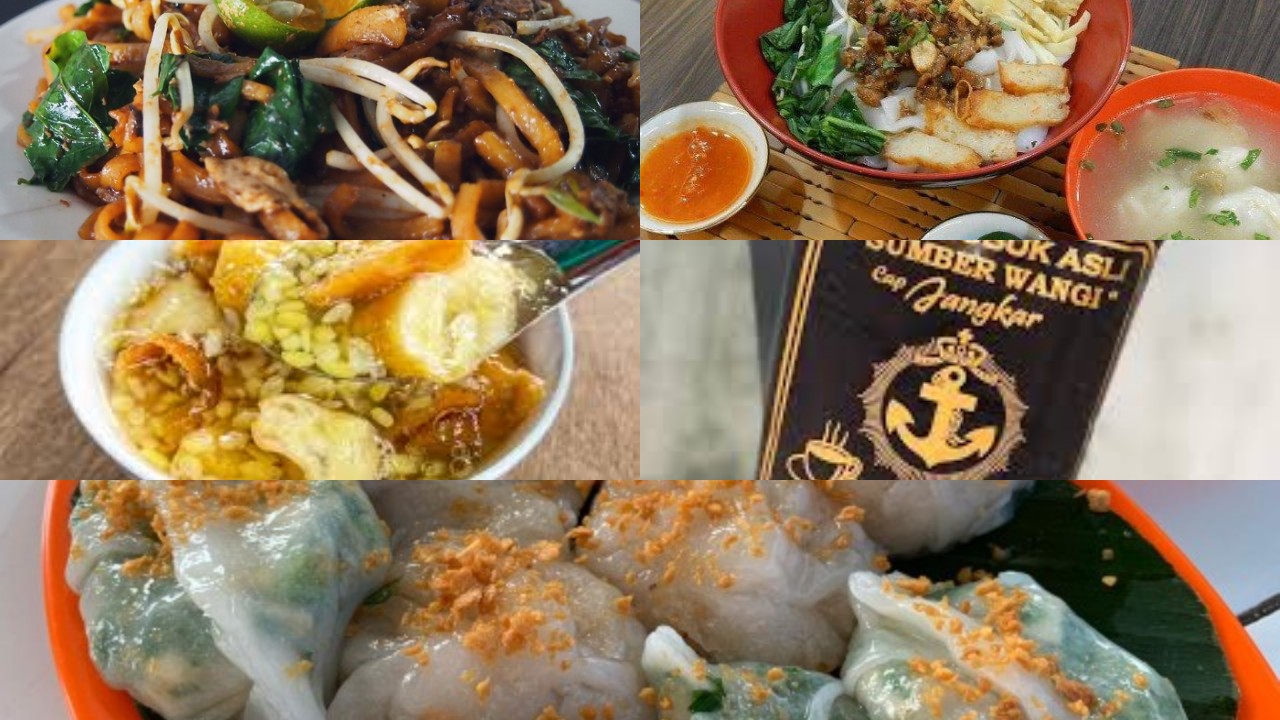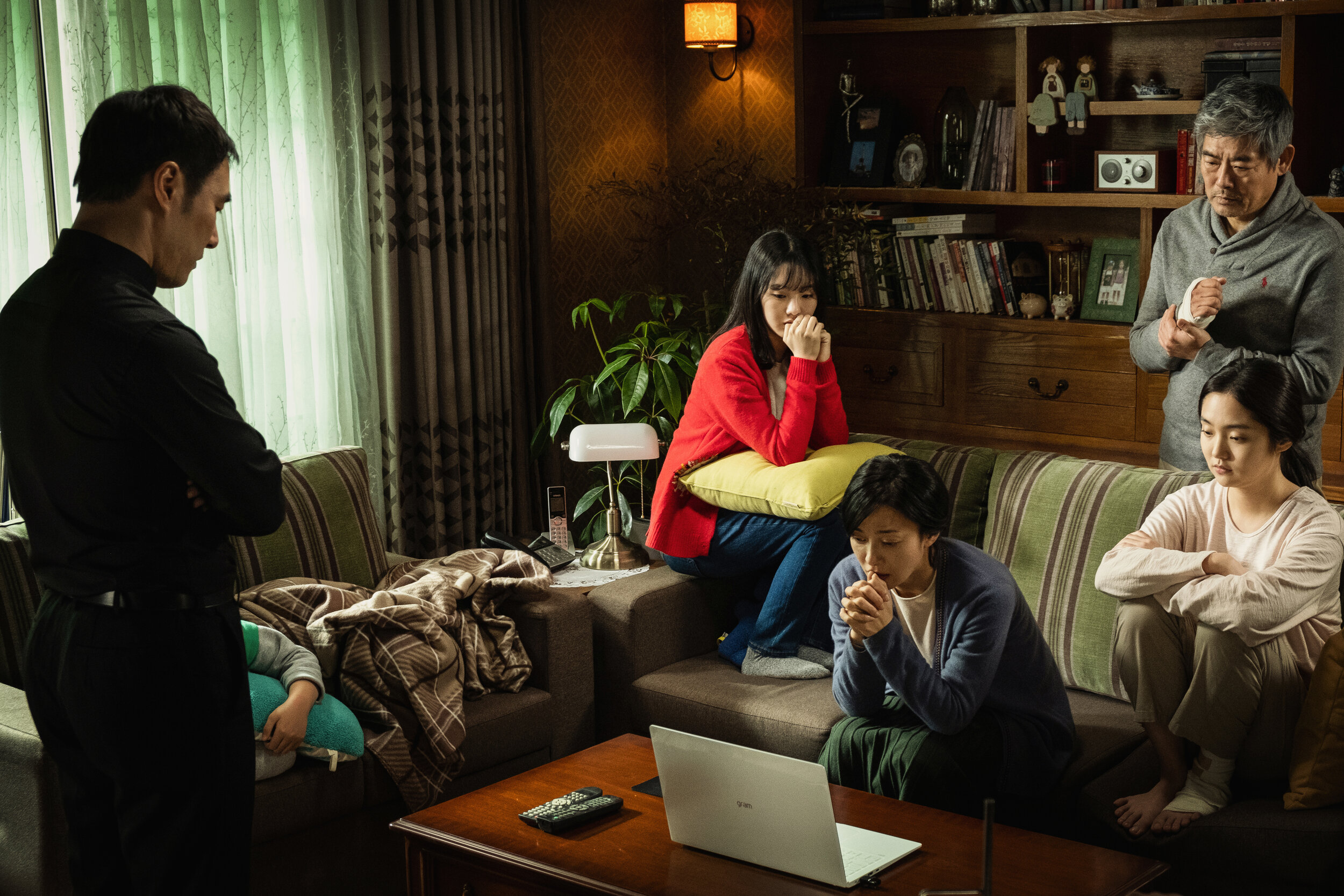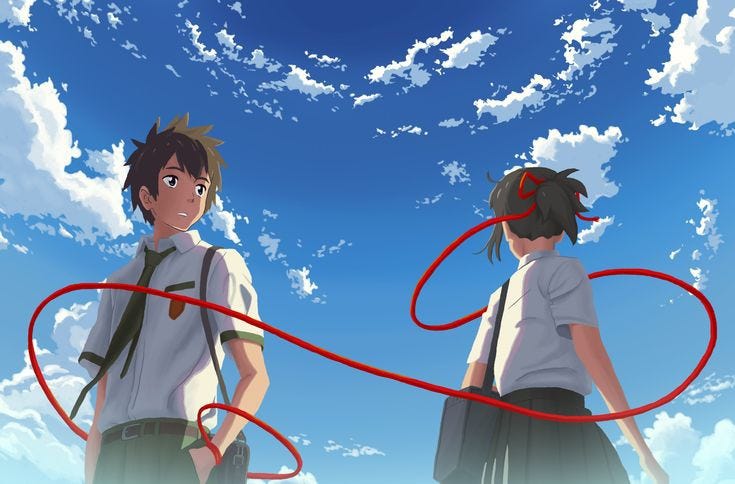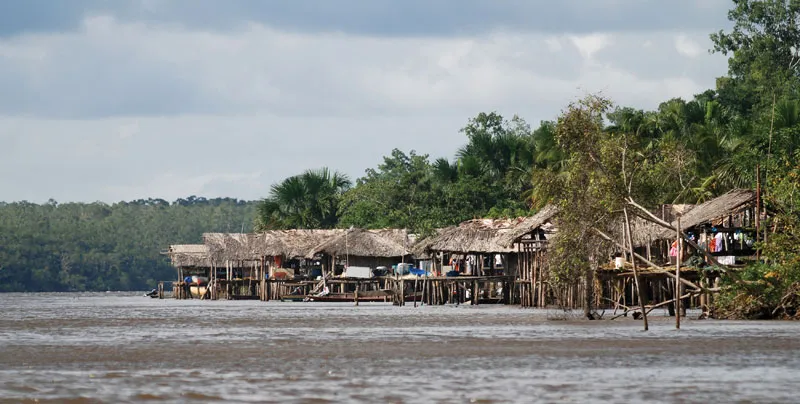masai-land-rover.com – Māori Language Week (Te Wiki o te Reo Māori) is an annual event celebrated across New Zealand, aimed at promoting and revitalizing Te Reo Māori, the indigenous language of Aotearoa. Since its inception, Māori Language Week has become a key event in the national calendar, bringing people together to learn, speak, and celebrate the Māori language. The week plays a crucial role in raising awareness about the importance of Te Reo Māori, highlighting its cultural significance, and encouraging its use in everyday life.
This article explores the history, significance, and impact of Māori Language Week, and its role in the ongoing revitalization of Te Reo Māori.
The History of Māori Language Week
Māori Language Week was first established in 1975 as part of the Māori Language Movement, a nationwide initiative to preserve and revitalize Te Reo Māori. At that time, the language was facing a steep decline in use, with many Māori children no longer learning the language due to the influence of English and the effects of colonization. This prompted Māori activists and leaders to take action to ensure that Te Reo Māori would be passed on to future generations.
In response to this growing concern, the New Zealand government declared 1975 as the “Year of the Māori Language,” and in that year, the first Māori Language Week was celebrated. The week-long event was designed to raise awareness about the language’s decline and encourage its use within the community. Since then, Māori Language Week has grown in prominence, and each year it features a specific theme to focus attention on particular aspects of the language.
The Significance of Māori Language Week
Māori Language Week serves as a reminder of the rich cultural heritage of New Zealand and the importance of Te Reo Māori in the country’s identity. The week emphasizes that the language is not only the medium for communication but also a carrier of culture, history, and knowledge. It plays a central role in Māori identity and is an essential component of Māori customs, values, and traditions.
Revitalizing and Preserving Te Reo Māori
One of the primary goals of Māori Language Week is to promote the revitalization of Te Reo Māori and encourage its use among New Zealanders, both Māori and non-Māori. For many years, the language was in decline, but Māori Language Week has played a vital role in reversing this trend by raising awareness about the need to preserve and speak Te Reo Māori.
As part of this effort, the event encourages individuals to use Māori greetings, phrases, and expressions in everyday interactions, even if they are beginners. Local schools, communities, workplaces, and media outlets are actively involved in incorporating Māori language lessons, activities, and resources during the week. The ultimate aim is to foster a wider cultural shift in which Te Reo Māori becomes more widely spoken and valued in everyday life.
Encouraging Intergenerational Language Transmission
Another key focus of Māori Language Week is intergenerational language transmission. One of the most effective ways to ensure the survival of Te Reo Māori is through its teaching and learning within families and communities. Māori Language Week provides an opportunity to highlight the importance of teaching children the language, as it is through them that the future of the language lies.
A wide variety of resources have been developed to support language learning, including educational apps, books, and online courses, many of which are launched or promoted during Māori Language Week. Schools and kindergartens also play a vital role in teaching Te Reo Māori to children, ensuring that younger generations grow up with a greater understanding and appreciation of the language.
Māori Language Week Themes and Activities
Each year, Māori Language Week adopts a unique theme to focus attention on different aspects of Te Reo Māori and its role in New Zealand society. Themes might include topics such as Māori place names, traditional customs, or even the language’s use in modern technology and social media. These themes are designed to engage diverse audiences and encourage creative ways of learning and celebrating the language.
Key Activities During Māori Language Week
Māori Language Week is filled with a variety of activities, events, and initiatives that involve people of all ages and backgrounds. These activities include:
- Language Classes and Workshops: Many schools, workplaces, and community centers offer classes or workshops during Māori Language Week to teach basic phrases, pronunciation, and cultural etiquette.
- Public Campaigns and Media Engagement: The week often sees a surge in Māori-language media, including radio stations, TV programs, and websites that feature Māori-language content. Social media campaigns also encourage the public to learn new words and share their experiences of using Te Reo Māori.
- Cultural Events and Performances: Events like traditional Māori music performances (waiata), haka displays, and storytelling sessions are held throughout the country, providing opportunities for people to connect with Māori culture through language.
- Māori Language Awards: Various awards and competitions are organized to recognize individuals, organizations, and schools that contribute to the promotion and use of Te Reo Māori. These awards celebrate those who have demonstrated excellence in language use and preservation.
Learning Māori Language in the Digital Age
In the modern era, technology plays an essential role in the promotion of Te Reo Māori, and Māori Language Week has embraced this trend. Online platforms, language-learning apps, and social media have become powerful tools for teaching the language. Many educational resources are now available online, allowing people to learn at their own pace from anywhere in the world.
Additionally, Māori-language YouTube channels, podcasts, and interactive websites offer engaging content for learners of all ages. Through these digital tools, Māori Language Week has broadened its reach, allowing New Zealanders and global audiences to access learning materials and cultural resources with ease.
The Role of Government and Māori Language Advocates
Māori Language Week would not be possible without the significant support of the New Zealand government and advocacy groups dedicated to the revitalization of Te Reo Māori. The government has made significant strides in promoting Te Reo Māori by recognizing it as one of the country’s official languages in 1987, alongside English and New Zealand Sign Language.
In addition, organizations like Te Taura Whiri i te Reo Māori (the Māori Language Commission) work tirelessly to ensure that Te Reo Māori is celebrated and supported in all aspects of New Zealand life, including legislation, education, and public policy. These efforts help create an environment in which Māori culture and language are not only preserved but thrive in contemporary society.
Māori Language Week’s Impact on New Zealand Society
The impact of Māori Language Week extends far beyond the one-week event. Over the years, it has helped raise awareness of Te Reo Māori as a living language, rather than a relic of the past. The week encourages the entire nation to take ownership of Te Reo Māori and recognize its value in fostering understanding, respect, and unity among New Zealanders of all backgrounds.
Māori Language Week has also played a key role in encouraging a wider cultural shift towards greater acceptance of Māori customs and values. The increased use of Te Reo Māori in public spaces, schools, workplaces, and media outlets has made the language an integral part of New Zealand’s identity.
Conclusion
Māori Language Week is a vital celebration of Te Reo Māori and its importance in New Zealand’s cultural landscape. By raising awareness, providing opportunities for learning, and encouraging the use of the language, Māori Language Week plays a key role in the revitalization and preservation of Te Reo Māori. The annual event not only fosters pride in Māori heritage but also creates a more inclusive society where Māori culture is celebrated and respected by all. As Te Reo Māori continues to flourish, the spirit of Māori Language Week will remain a powerful force in ensuring that the language and its traditions live on for future generations.

